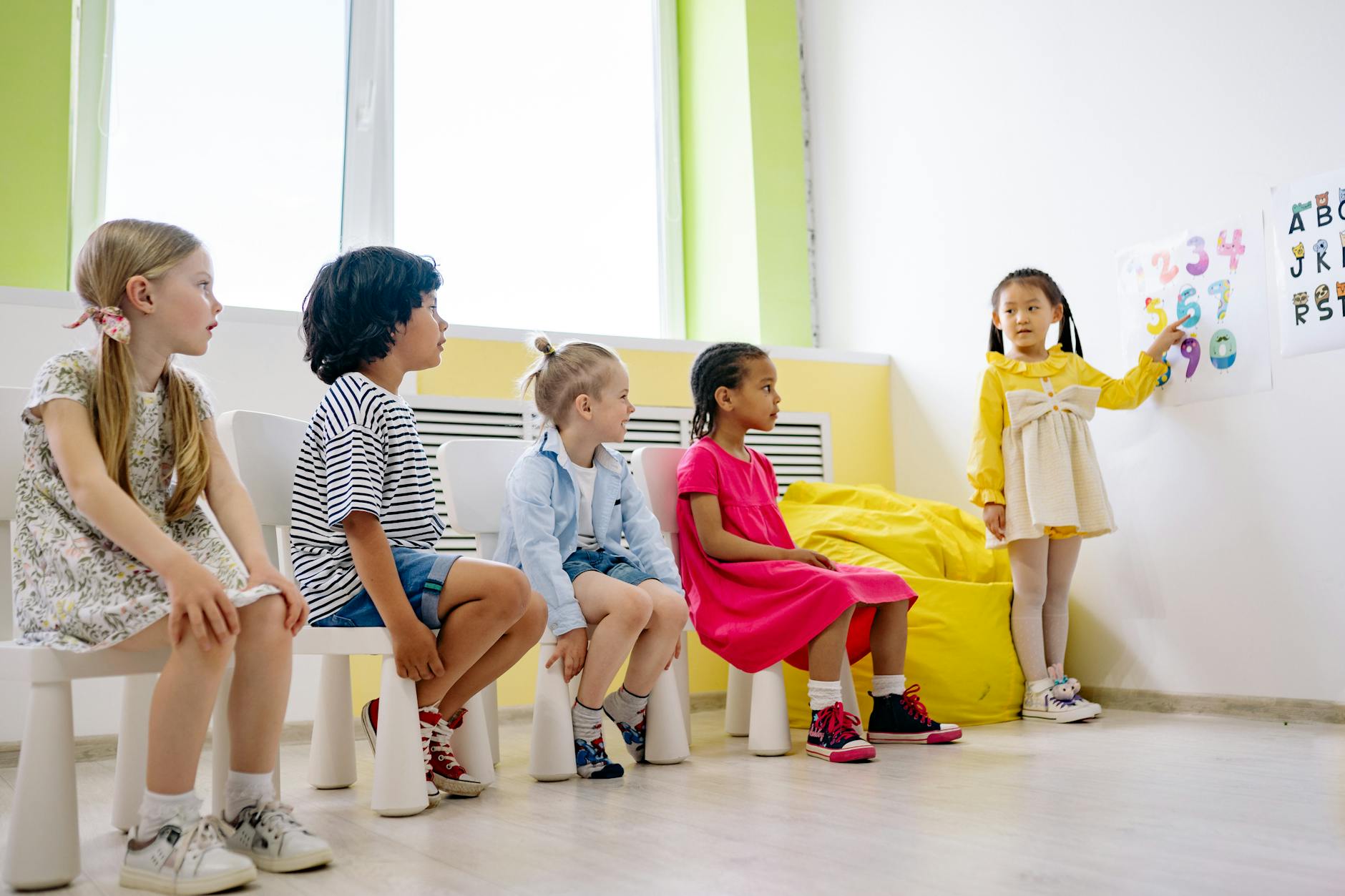Pup Poop 101: Ace Toilet Training a Dog!

Toilet training your dog is an essential, albeit challenging, part of pet ownership. But worry not—our easy-to-follow guide will provide you with all the expert tips you need to ensure your pup is potty-trained quickly and effectively. Let's dive into the world of doggy dos and don'ts!
Understanding Your Pup's Needs
Before starting the toilet training process, it's important to understand a few things about your dog's needs. Puppies, like human babies, do not have full control over their bladders until they are about 4-6 months old. Developing a routine and setting expectations is a must for any effective training regimen.
Creating a Routine
Maintaining a regular schedule for feeding, playing, and potty breaks is paramount. Consistency helps your dog learn what to expect and when to expect it. Here's a simple routine to get you started:
- Morning: Take your pup out first thing in the morning.
- After Meals: Puppies often need to relieve themselves shortly after eating.
- Playtime: Engaging in physical activity can stimulate the bowels.
- Before Bed: A final bathroom trip can help prevent nighttime accidents.
Choosing the Right Spot
Select a specific area outside where you want your dog to do their business. Always take them to this spot and use a consistent command, like "go potty." The scent will remind your pup that this is the place to relieve themselves.
Reading the Signs
Keep an eye out for signs that your dog needs to go, such as sniffing, circling, or looking uneasy. Immediately take them to their potty spot when you notice these cues.
Positive Reinforcement
When your dog successfully finds the right spot, lavish them with praise and treats. Positive reinforcement makes them more likely to repeat the desired behavior.
Dealing With Accidents
Accidents are a normal part of the training process. When they happen, clean the area thoroughly to remove the scent and discourage future mistakes. Never punish your dog for accidents—it only leads to fear and confusion.
Patience and Persistence
Be patient and consistent. Some dogs might take several weeks to fully potty train. Stick with it, be patient, and maintain your routine. Every dog learns at their own pace.
Crate Training
Consider using a crate as a tool for potty training. Dogs naturally avoid soiling their sleeping area, which can help teach bladder control. Just ensure the crate is the right size—not too big or too small.
Consulting a Professional
If you're struggling with toilet training, don't hesitate to seek help from a professional dog trainer. They can offer personalized guidance and support for your pup's potty training journey.
By following this comprehensive guide, you are setting the stage for a happier, more hygienic home for both you and your furry friend. Remember, consistency is key, and with time and patience, your pup will become a potty training pro in no time!